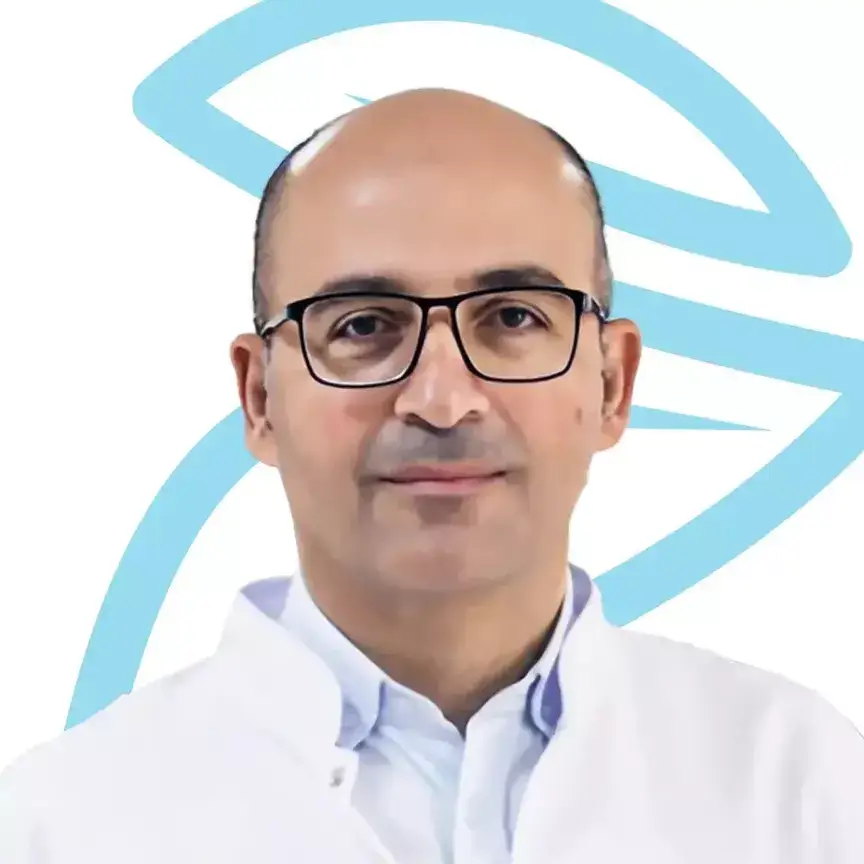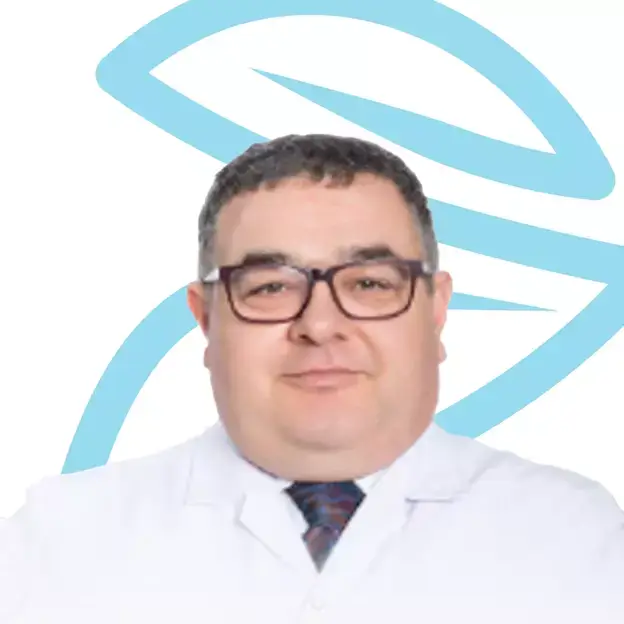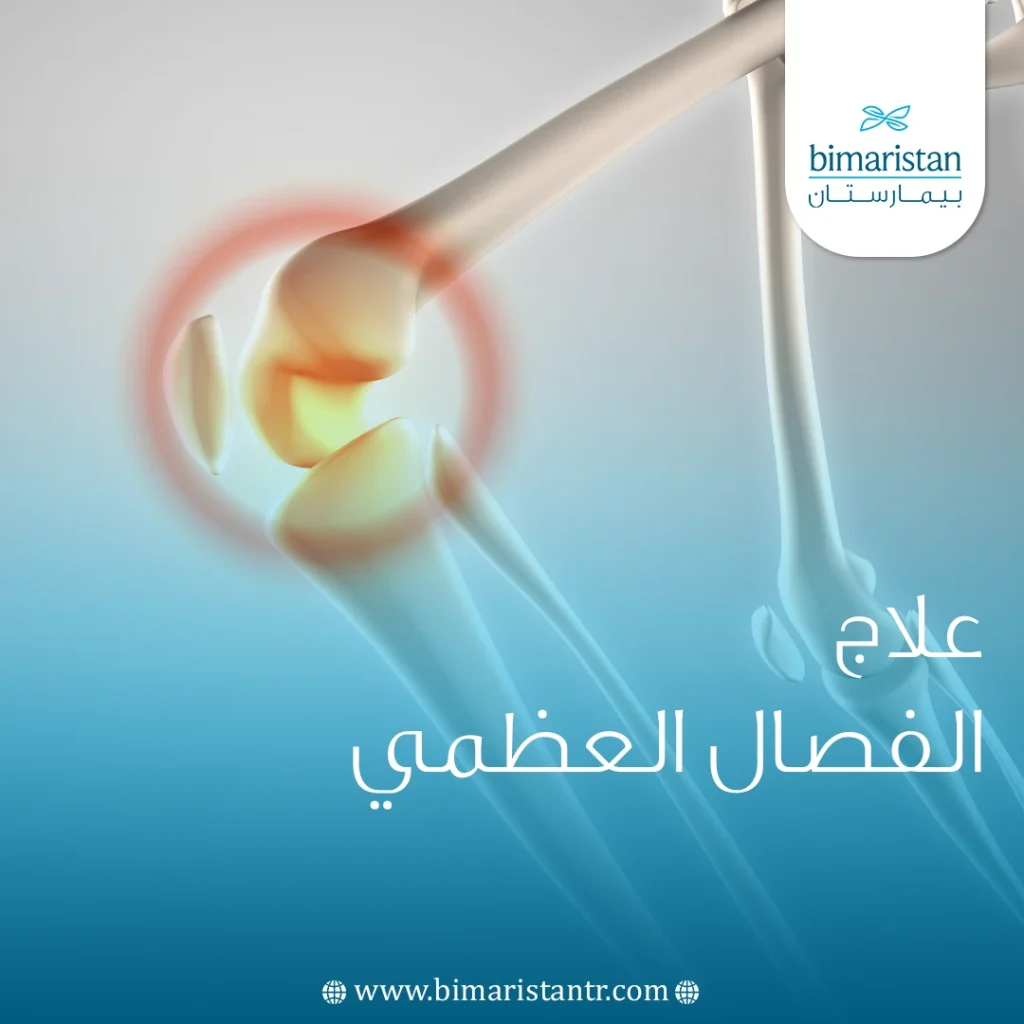Degenerative arthritis symptoms
One of the most important symptoms of osteoarthritis (OA), and often the most coincidental, include painful joints, joint stiffness, reduced range of motion (meaning decreased flexibility and inability to move the joints as before), and joint swelling. These symptoms are progressive and worsen gradually if left untreated.
Joint pain associated with rheumatoid arthritis worsens with movement and improves with rest. Joint stiffness is typically worse in the morning, especially after periods of inactivity, and improves within a few minutes of joint movement.
Other symptoms indicating the progression of osteoarthritis include:
- Joint deformity on X-rays.
- Joint effusion (accumulation of fluid within the joint).
- Muscle weakness due to inactivity.
- A clear limitation of movement.
- Hearing cracking sounds when moving the joints.
- Severe pain makes simple tasks, like walking, difficult.
As the disease advances, the joints aching becomes continuous, even during rest, and may persist throughout the night, potentially interrupting sleep. You may need to avoid many activities and movements that exacerbate the pain, such as climbing stairs and getting up from the toilet.
The appearance of such symptoms may make surgery the only treatment for osteoarthritis. Therefore, if you feel joint pain, do not neglect yourself. Promptly contact The Bimaristan Medical Center in Turkey for early detection and to avoid complications.
Osteoarthritis may present different symptoms depending on the affected joints:
- Osteoarthritis of the hands and fingers: Arthritis in fingers can cause noticeable bone enlargement, and changes in joint shape can increase over time.
- Osteoarthritis of the foot and ankle: Foot arthritis symptoms mainly consist of pain, stiffness, and swelling in the patient’s foot, especially after walking and exercising.
- Osteoarthritis of the knee: Clicking or grinding sounds may be heard in the knee joint during movement or walking. Over time, muscle and ligament weakness around the joint may lead to knee buckling.
- Osteoarthritis of the hip: Pain and stiffness may appear in the hip joint itself or in the groin, thigh, or lower back, and they may sometimes spread to the knee. A clear limitation of movement becomes apparent as osteoarthritis progresses.
- Osteoarthritis of the spine manifests as neck or back pain or stiffness. Bony changes may cause spinal canal narrowing and accompanying problems and symptoms.
Diagnosis of degenerative arthritis in Turkey
Diagnosing the disease requires listening to the patient’s complaints and detailed symptoms, examining the affected joints clinically and imaging them using various imaging techniques, and conducting laboratory tests. There is no single definitive test that directly detects osteoarthritis.
The doctor will ask many questions about your illness to diagnose and try to identify the causative factors, such as when you started feeling pain, times when the pain worsens, times when you feel comfortable, what joint diseases you have suffered from since childhood, and the nature of your work.
X-ray imaging is essential for diagnosing the condition and determining the extent of its progression. The X-ray image of the joint affected by osteoarthritis has some distinct features; you can observe joint cartilage roughness, joint space narrowing, the appearance of bone spurs (osteophytes) on joint edges, bone sclerosis under the joint cartilage, or the formation of cysts beneath the cartilage.
P H O T O 3
Computed tomography (CT) or magnetic resonance imaging (MRI) may be used to obtain more accurate information. Joint fluid aspiration may also be performed to rule out infectious causes, and some laboratory tests may be conducted to exclude other types of arthritis.
At The Bimaristan Medical Center in Turkey, specialized doctors will diagnose and treat osteoarthritis by conducting comprehensive examinations to determine the type of inflammation you have and design the optimal treatment plan for your condition.
Treatment of degenerative arthritis in Turkey
Several treatment methods are available in Turkey to help with joint pain relief, depending on each patient’s condition. Patients may receive multiple treatments to slow down the progression of degenerative joint inflammation, alleviate symptoms, and attempt to restore normal joint function. Unfortunately, there is no definitive cure for the condition.
In the early stages, treatment for joint pain caused by osteoarthritis is limited to conservative approaches such as lifestyle changes, physical therapy, or pain-relieving medications. In cases of advanced symptoms, injections into the affected joints or surgery may be necessary.
Treatment of degenerative arthritis by lifestyle changes
The natural remedies for arthritis focus on reducing patients’ weight and treating their excessive obesity. Weight loss may help reduce pain and slow down joint cartilage damage, especially in weight-bearing joints. The nutrition specialist at The Bimaristan Medical Center will supervise you and provide dietary advice to help you safely and effectively lose weight.
Moderate and regular exercise also helps restore normal joint movement, strengthen supporting muscles, and alleviate joint pain. However, it is preferable to do this under the supervision of a healthcare provider who can develop a customized osteoarthritis exercise program to maintain your fitness without stressing or damaging the joints.
Treatment of degenerative arthritis by physical therapy
Physical therapy offers the same benefits as exercise in improving movement and increasing muscle strength, but a specialized physical therapist supervises it. It is used in severe cases of osteoarthritis to rehabilitate the affected joints without causing severe pain to the patient.
Physical therapy also helps you cope with osteoarthritis and perform your daily tasks easily and smoothly. It prevents falls by improving balance and using walkers or other aids. Heat and cold therapy may also help improve symptoms for a short period.
Treatment of degenerative arthritis by medications
In the context of treating degenerative joint inflammation, the doctor may prescribe some medications or supplements for joint pain and accompanying inflammation. These medications can be topical, oral, or injected into the joints.
The best treatment for bone and joint inflammation is often a combination of pain relievers such as acetaminophen and nonsteroidal anti-inflammatory drugs (NSAIDs) like ibuprofen, naproxen, and diclofenac. However, caution must be exercised when using them for prolonged periods.
Topical pain relievers, such as creams, ointments, patches, or sprays, can also be applied to the skin to cover the affected joints. They do not require a prescription and are used to alleviate moderate joint pain if oral pain relievers are not an option.
Steroid injections or lubricating fluids such as hyaluronic acid may also be administered into the joints affected by osteoarthritis using guided echo injections to relieve pain and reduce inflammation. It may help delay knee joint replacement surgery by a few years in some patients.
P H O T O 4
Treatment of degenerative arthritis by herbs
Studies have shown that certain herbs for bones and joints, such as avocado-soybean unsaponifiable (ASUs), may relieve mild pain and improve function. However, the improvement was modest, and the patient may not feel it. Home remedies for arthritis treatment are more effective in treating osteoarthritis in the knee joint than in the hip joint.
Treatment of degenerative arthritis by surgery
Although some bone changes in osteoarthritis are non-reversible, a small number of patients with this condition may require surgery in Turkey for osteoarthritis treatment.
Surgery in Turkey is considered when all previous treatments have failed to relieve the patient or are not feasible or when there is extensive and severe bone damage. Surgical procedures in Turkey include:
- Osteotomy: This is performed either through open surgery on the joint or arthroscopically. It involves removing some of the damaged parts of the bone and reshaping it.
- Arthroscopic debridement: This procedure removes bone and tissue spurs to preserve joint movement. It is performed using an arthroscope, which allows for minimal invasion.
- Joint replacement (arthroplasty): This is considered when joint repair is not possible. The knee and hip joints are the most common joints replaced with artificial ones. In Turkey, partial knee joint replacement can also be done instead of total knee joint replacement if the damage does not involve the entire joint.
P H O T O 5
Treatment has significantly advanced in Turkey in recent years, especially in the field of bone surgery. Turkish hospitals have been equipped with the latest devices and technologies to keep up with advancements in the medical field worldwide. Additionally, they provide distinguished medical staff capable of utilizing these advancements to guide the patient step by step toward recovery.
References:
- Osteoarthritis, Arthritis Foundation.
- Osteoarthritis, Australian Rheumatology Association.
- Osteoarthritis, Causes and Treatments, Arthritis Foundation.


